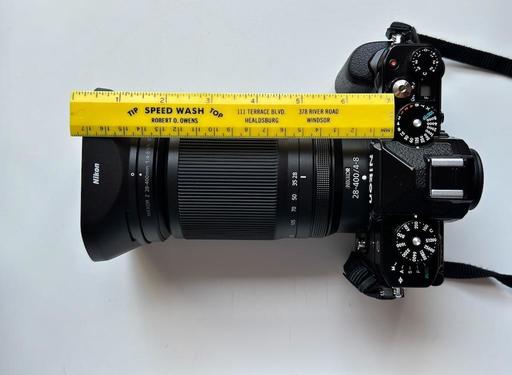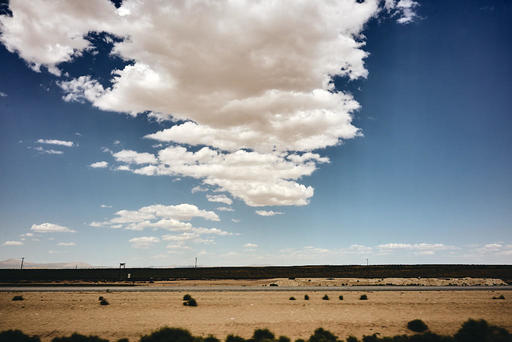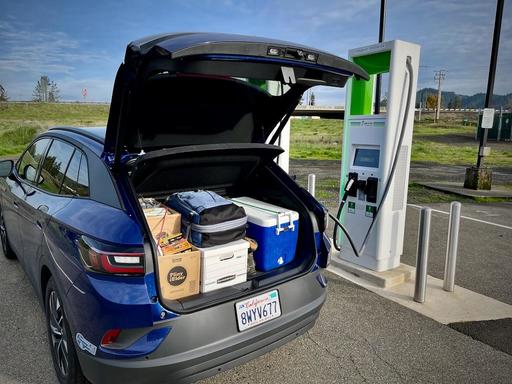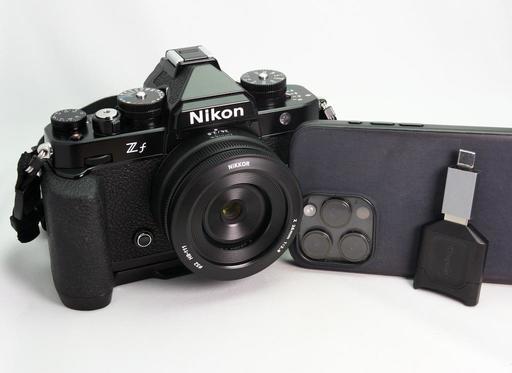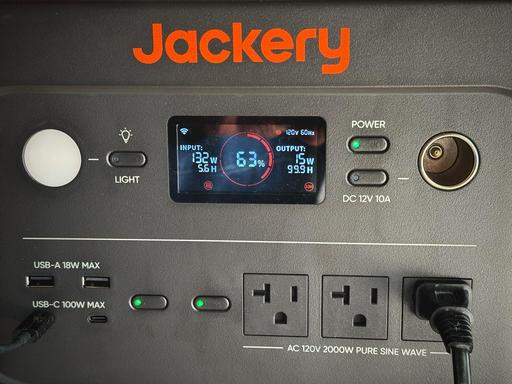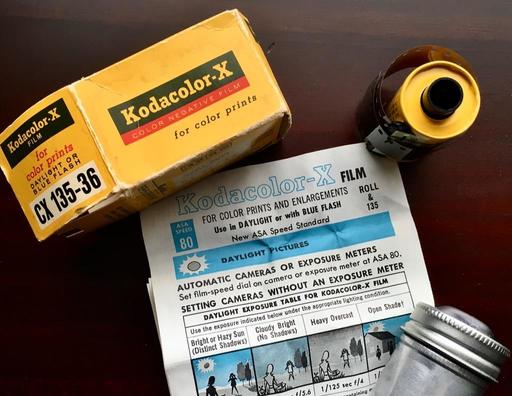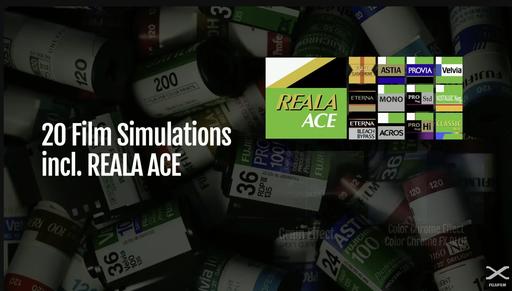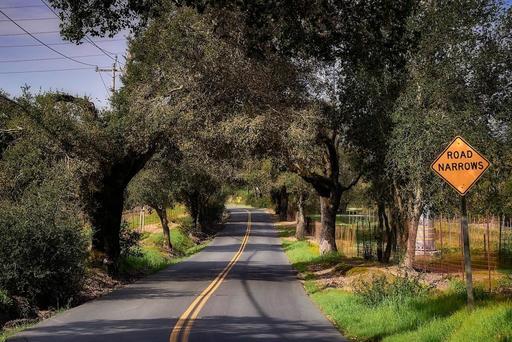This is The Digital Story Podcast #945, April 30, 2024. Today's theme is "It's the Shooting Experience, Not Image Quality." I'm Derrick Story.
Opening Monologue
Why do we choose the cameras that we do? Is it sensor size, megapixels, lens catalog, high-tech features, or something else altogether? I recently polled our Inner Circle Members about the brands they use and stick with. I found their responses illuminating, and thought that you might too. All of that, and more, on today's TDS Photography Podcast I hope you enjoy the show.
Tune-In Via Your Favorite Podcast App!
Apple Podcasts -- Spotify Podcasts -- Stitcher
Podbean Podcasts -- Podbay FM -- Tune In
It's the Shooting Experience, Not Image Quality
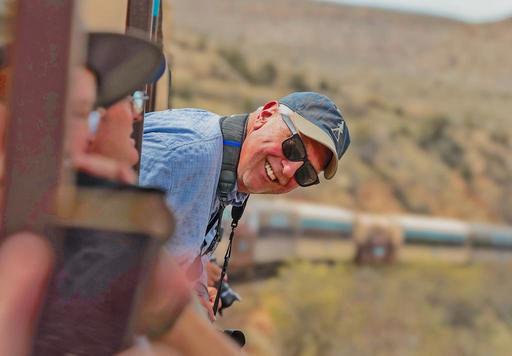 Derrick Story riding the Verde Canyon Railroad. Photo by Steve Csoto.
Derrick Story riding the Verde Canyon Railroad. Photo by Steve Csoto.
A recent conversation on the Inner Circle site centered around brand loyalty and what our photographers favor for cameras. I thought the comments were terrific, and I was enjoying each of them when I came across this thought by Rudiger Wolf:
Olympus, Leica, Hasselblad, Apple all have unique uses and relevance. I'm finding the shooting experience is becoming more important to me than image quality. Each has a different shooting window (wildlife, portraits, macro, Astro, travel, sports, etc.). We are fortunate to have so many choices and options.
Rudiger's comment seemed to have a many heads nodding in approval. Jim Kuzman followed up by writing: "Your comment about the shooting experience really resonates with me. I have some excellent lenses but I'm more inclined to trade ultimate image quality for a smaller, more compact, and ultimately more enjoyable setup that gets me 90% of the quality at 50% of the bulk and weight and 100% of the joy.
Larry Borreson chimed in, "I have to agree. Each camera tends to lend itself to its own type of creativity."
Michael Alford commented, "Fuji and OM Systems/Olympus. Main systems, but I also have a Lumix LX100. Then Nikon and Bronica for film, I agree with Ruddier that the shooting experience is more important than image quality, At least now that image quality is so high it hardly matters what you use."
Forty-two percent of our audience have found the brand they like and are sticking with it. Another 42 percent are toggling between two brands depending on the task that's at hand.
I started thinking about my own camera choices. It goes beyond brand for me into the actual camera model. I shoot Nikon for example, but not the more modern Z8 or Z9. I like the Zf. My favorite Olympus model is the PEN-F. And I adore the Fujifilm X100V, but an not interested at all in their X-S20 body.
Along with Rudiger, Michael, Jim, and Larry, the shooting experience is my most important feature.
And I don't know if this happens to you, but I can see just the picture of a new camera and right away know if I want to hold it in my hands.
I remember testing the Nikon Z5 a few years ago. It was a perfectly capable camera, and I said so in my review. But after publishing those words, I promptly sent back my loaner, not even waiting for the full 30 day deadline. I just wasn't inspired with it.
I tested other Nikons too. I was intrigued by the Zfc when it was released, thinking that we were going to become fast friends. I took my loaner on a camping trip in Mendocino County. I came home with lovely pictures. But the camera just didn't feel right in my hands. The retro design was sweet, but the shooting experience was off for me. I sent back my loaner after 30 days.
More time passed and the Nikon Zf hit the market. Once again, B&H sent me a loaner right away. My first shoot with it was a haunted house assignment for a client. That's crazy depending on a brand new camera for a paying gig. But that's what I did. I never sent the Zf back.
The shooting experience was amazing. And I was just as thrilled with its performance when I reviewed the images on my MacBook Pro. I hadn't felt that way since the X100V, and the PEN-F before that.
All cameras these days produce good images. It's how you get there that seems to separate the winners from crowd.
Sometimes photographers write about a lack of inspiration that strikes them. They don't feel inspired. They're out there experimenting. They feel in a rut.
I'm not going to say that buying new gear with solve your creativity problems. But what I will say, is that when you have a camera that really lights you up, even the most mundane situations are fun.
Sigma announces six APS-C lenses for Canon RF mount
You can read the entire article on DPReview.com
Infrared Photography Workshop - Online - June 2024
Do you feel like the world is looking like "the same old same old" through your camera's viewfinder? Have you felt your enthusiasm for photography waning? Then it's time for you to consider exploring infrared imaging.
Suddenly walks you've taken a hundred times look completely different as you see them through your camera. Old familiar subjects burst to life with new vibrancy. IR photography can energize your creativity, not only for this medium, but for all of your artistry.
Beginning June 5, 2024, join us for this 4-week exploration into the world of IR. During this event, you will learn:
- The best IR filter to start with.
- How to test your existing digital camera for infrared sensitivity.
- Learn about the different types of IR conversions for digital cameras.
- See how different IR filters produce wildly different results.
- Learn how to fine-tune your images with software you already own.
- Discover advanced techniques to take your images to the next level.
- And much, much more.
This online workshop (Zoom) begins on Wednesday, June 5, 2024, with both morning (9am PST) and evening sessions (4pm PST) available. We will convene weekly thereafter via Zoom for more training sessions (AM and PM), Q&A, and to compare notes. You can attend morning, evening, or both sessions. It's essentially the same content, just different participants.
It is so much fun.
Plus, you will have unlimited access to our online workshop community, DerrickStoryOnline. Here, you can mingle with other workshop participants (past and present), share images for comment, exchange tips and techniques, and enjoy the fellowship of other creatives who share your passion for image-making.
You can reserve your spot for the Infrared Online Workshop here.
AI Ex-Termination: Photoroom and OkCupid Delete Your Ex From Photos
You can read the entire article on PetaPixel.com
Magnum Square Print Sale
Exploring the theme Fable, the sale celebrates the symbiosis between visual and written narratives through a collaboration with three writers, who have composed stories and poetry inspired by a selection of images from the sale.? Each of the 85 images featured are available as signed or estate-stamped, museum-quality 6x6" prints online for one week only. ?You can learn more here.
Virtual Camera Club News
The Nimble Photographer Newsletter is now publishing every Thursday. Readers will enjoy a variety of content spanning from short photo essays, to commentary on weekly events, to reviews of the latest and coolest photo gear.
TDS Workshops! - You can sign up for available workshops by visiting The Nimble Photographer. Inner Circle Members receive a 10-percent discount on all events.
Inner Circle Members: A big thanks to those who support our podcast and our efforts! We are having a blast at our new Inner Circle hangout, the private group I've set up at DerrickStoryOnline. We'd love it if you join us. You can become an Inner Circle Member by signing up at our Patreon site. You will automatically be added to the new hangout.
Great Photography Articles on Live View - If you check out our publication and appreciate what you see, be sure to follow us and clap for those authors. You can find us at medium.com/live-view.
If you're interested in writing for Live View, drop me a line at dstory@gmail.com.
The New Donation Kit for Carefree Shipping of Found Film Cameras - If you've discovered a film camera that's no longer being used, our new Donation Kit makes it easy to pack and ship. Just visit the Contact Form on thenimblephotographer.com, click the box next to Donating a Film Camera, and let me know what you have. In your note, be sure to include your shipping address.
Affiliate Links - The links to some products in this podcast contain an affiliate code that credits The Digital Story for any purchases made from B&H Photo and Amazon via that click-through. Depending on the purchase, we may receive some financial compensation.
Red River Paper - And finally, be sure to visit our friends at Red River Paper for all of your inkjet supply needs.
See you next week!
You can share your thoughts at the TDS Facebook page, where I'll post this story for discussion.
